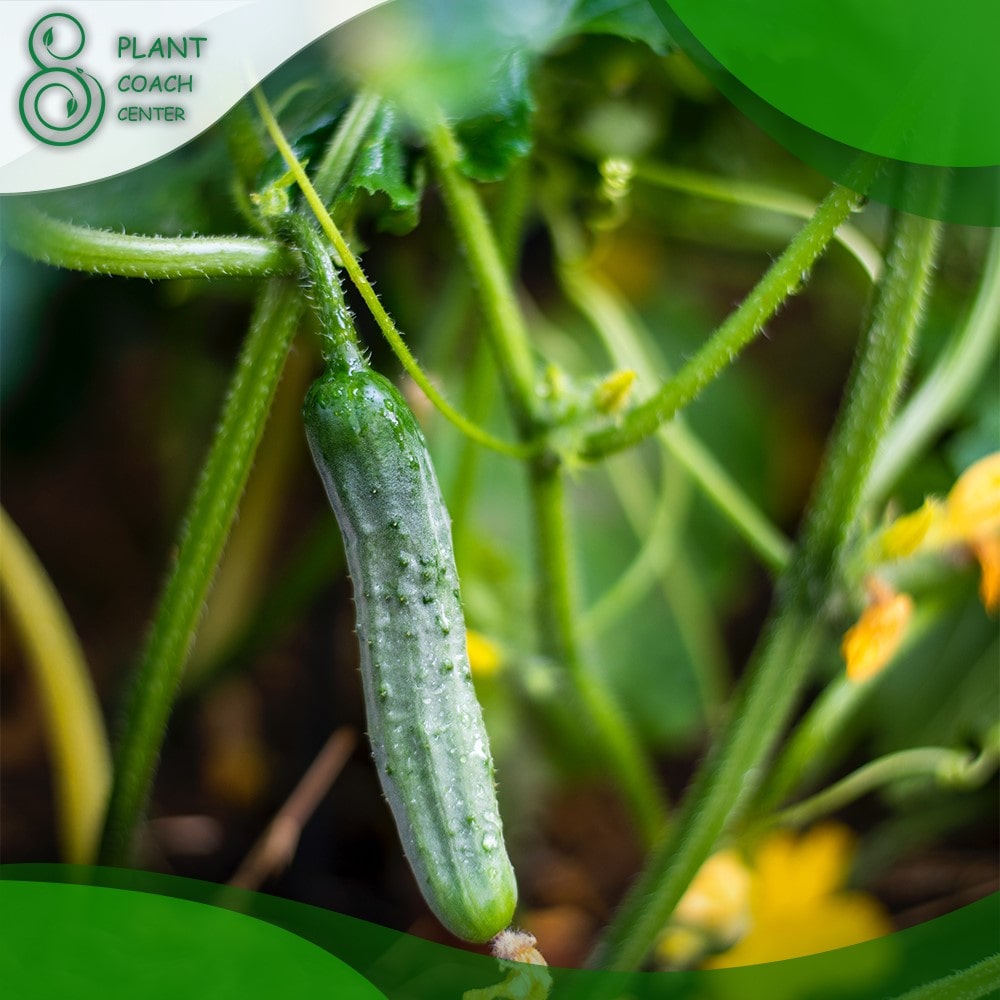When to Grow Cucumbers?
Welcome to the world of crisp refreshment and verdant vines – the realm of cucumber cultivation! As the days pass and the scent of spring dances in the air, gardeners and enthusiasts find themselves drawn to the irresistible allure of growing cucumbers. Whether you’re a seasoned gardener seeking to refine your cucumber-growing prowess or a budding green thumb eager to embark on a fruitful journey, mastering the art of timing is your key to a bountiful harvest.
The question remains: when is the optimal time to sow these emerald treasures? Delving beyond mere dates, this article dives deep into the nuanced dance between seasons and soil, guiding you through the intricacies of planting cucumbers at the perfect time. From deciphering frost-free windows to uncovering the secrets of indoor and outdoor cultivation, we’ll unravel the temporal tapestry influencing cucumber success. So, ready your gardening gloves and embrace the rhythm of the seasons as we uncover the secrets of knowing precisely when to grow cucumbers.
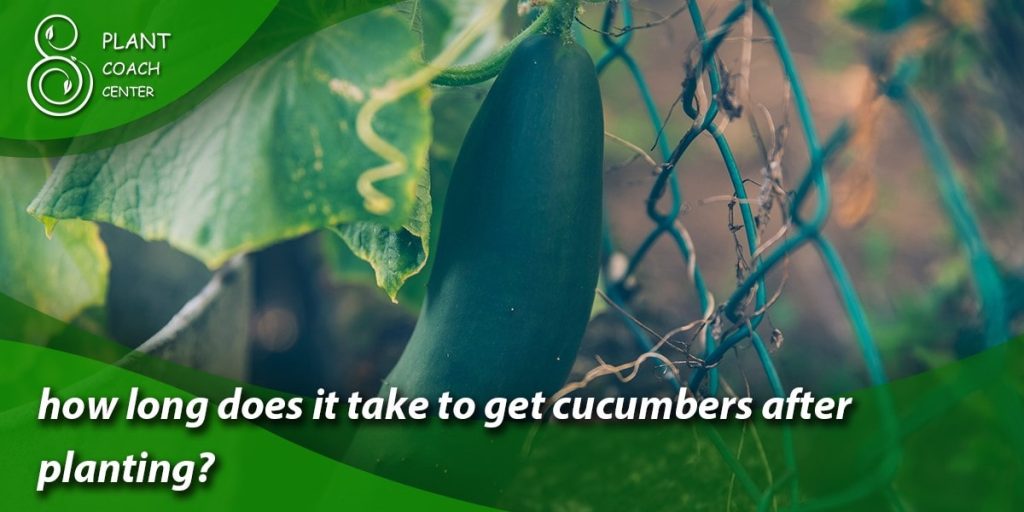
Seasonal Selection: Navigating the Seasons for Prime Cucumber Cultivation
Cucumber cultivation is a dance with the seasons, a harmonious collaboration between the plant’s natural rhythms and the changing environment. The journey begins with a fundamental understanding of the seasons that shape your gardening landscape.
Spring Awakening
As winter’s chill gives way to the warmth of spring, gardeners find themselves itching to till the soil and sow their seeds. While enthusiasm is palpable, it’s essential to exercise patience. Cucumbers are sensitive to cold temperatures, and planting them too early can stunt their growth or even prove fatal.
The magic of spring lies in its ability to tease, offering glimpses of warmth before fully surrendering to the grasp of frost-free safety. Thus, waiting until the threat of frost has passed is essential before introducing your cucumber seedlings to the outdoor world.
Summer Flourish
Ah, the quintessential season of sun-kissed days and lazy afternoons by the garden. Summer is the prime time for cucumbers to thrive. With consistently warm temperatures and ample sunlight, cucumber plants revel in their surroundings. Planting during the early weeks of summer allows the plants to establish themselves before the heat becomes too intense. Adequate irrigation and mulching are paramount during this period to ensure the plants stay hydrated and the soil remains cool.
Fall Transitions
As summer gradually surrenders to autumn’s embrace, cucumbers continue to grace our gardens. Planting cucumbers in late summer for a fall harvest is a strategic move that capitalizes on the cooling weather while safeguarding against the harsh frosts of winter. While growth might be slower compared to the rapid pace of summer, fall cucumbers often develop more decadent flavors and boast a refreshing crunch that speaks of their well-tempered journey.
Sowing Success: Choosing the Optimal Time to Plant Cucumber Seeds
Embarking on a journey of cucumber cultivation begins with a handful of seeds and a keen understanding of when to sow them. The timing of seed sowing can make all the difference in your cucumber plants’ growth, yield, and overall success. Here’s a guide to help you select the perfect window for sowing cucumber seeds.
Early Spring Sowing
As winter’s grip loosens and signs of spring emerge, the allure of planting cucumbers can be irresistible. However, patience is a virtue in this endeavor. Sowing cucumber seeds too early, while the soil is still cold and the threat of frost lingers, can lead to stunted growth and even seedling death.
It’s essential to wait until the soil temperature reaches a consistent 60-65°F (15-18°C) or above before sowing your cucumber seeds directly in the ground. Alternatively, you can kickstart the process by sowing seeds indoors a few weeks before the last frost date and transplanting the seedlings once the weather is favorable.
Late Spring to Early Summer Sowing
The heart of spring and the onset of summer mark the ideal time for sowing cucumber seeds. With soil temperatures comfortably above the 60°F mark, cucumber seeds germinate quickly, and seedlings establish themselves with vigor. Whether you’re cultivating cucumbers for their fresh crunch or contemplating pickling endeavors, sowing during this period ensures a robust harvest during the peak of summer.
Late Summer Sowing for Fall Harvest
The curtain might be falling on summer, but that doesn’t mean your cucumber-growing ambitions need to fade away. Late summer is a strategic window for sowing cucumber seeds if you aim for a fall harvest. The slightly cooler temperatures and reduced pest pressure create a conducive environment for cucumber growth. Sow your seeds around 10-12 weeks before the first expected frost date to allow the plants ample time to mature and produce a satisfying autumn yield.
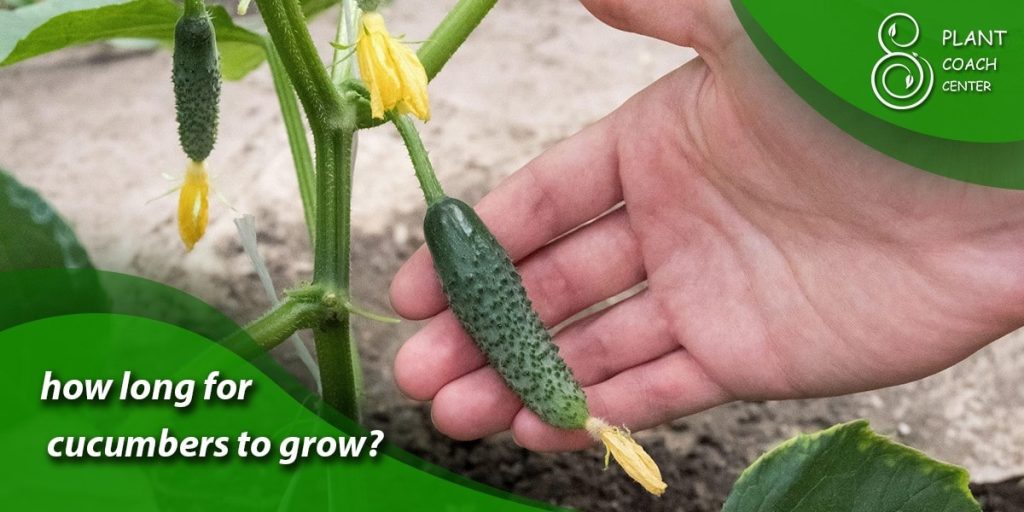
Frost-Free Freedom: Understanding the Importance of Frost-Free Dates
In the intricate gardening world, few factors are as influential as the threat of frost. For cucumbers, tender and sensitive to chilly temperatures, navigating the danger of frost is critical in ensuring their healthy growth. Frost can wreak havoc on young cucumber plants, causing irreparable damage and setting your cultivation efforts back significantly. This is where the concept of frost-free dates comes into play.
Defining Frost-Free Dates
Frost-free dates, also known as the last and first frost dates, mark the approximate periods when the likelihood of frost occurring is significantly reduced. The last frost date in spring indicates the point beyond which it’s relatively safe to plant sensitive crops like cucumbers outdoors, as the chance of frost damaging them becomes minimal.
The first frost date in fall serves as a reminder that colder temperatures are on the horizon, prompting gardeners to harvest remaining produce and prepare their gardens for the approaching winter.
Planting Post-Last Frost
For cucumber enthusiasts eager to get their plants into the ground, waiting until after the last frost date is crucial. Planting before this date can expose your young cucumber seedlings to a sudden and unexpected cold snap that can stunt their growth or even lead to their demise. By waiting patiently until the frost risk has passed, you give your cucumbers the best chance to flourish in the nurturing embrace of warmer weather.
Harvesting Before First Frost
As summer winds down and the days grow shorter, the first frost date becomes a reminder that winter is approaching. This signals cucumber growers to harvest any remaining fruits before the cold sets in. Even a mild frost can cause cucumbers to deteriorate quickly, rendering them unsuitable for consumption. By keeping an eye on the calendar and understanding your region’s average first frost date, you can enjoy the last of your cucumber harvest at its prime.
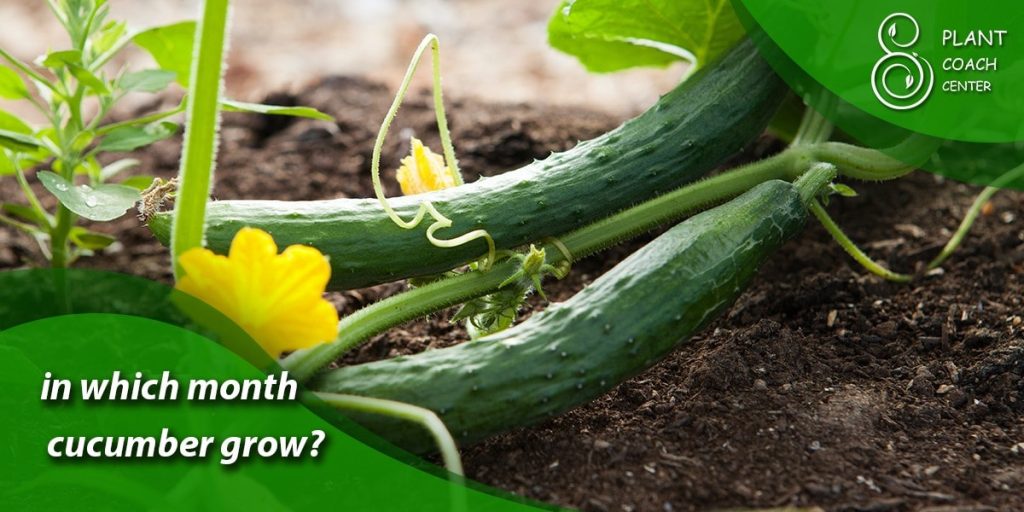
Indoor Initiatives: Exploring Indoor and Protected Cultivation for Early Cucumbers
For those eager to jumpstart their cucumber growing season or extend it beyond the limitations of the outdoor climate, indoor and protected cultivation methods offer an exciting avenue. By harnessing the controlled environment of indoor spaces and protective structures, gardeners can enjoy an early cucumber harvest or continue their cultivation even when the weather outside might not be as cooperative.
Benefits of Indoor Cultivation
Indoor gardening, whether in greenhouses, conservatories, or even sunny windowsills, offers distinct advantages for cucumber cultivation. Controlled temperatures, ample sunlight, and protection from outdoor pests and adverse weather conditions create an environment in which cucumbers can thrive without the limitations posed by fluctuating external factors.
This is particularly beneficial during the transitional periods of early spring or late fall when outdoor conditions might not be optimal.
Sowing Seeds Indoors
To take advantage of indoor cultivation, start by sowing cucumber seeds indoors several weeks before the last frost date. This allows you to nurture your seedlings under controlled conditions, giving them a head start in growth. Transplant your young cucumber plants into the garden or larger containers as the outdoor temperature becomes conducive.
Remember that indoor seedlings might need to be “hardened off” by gradually acclimatizing them to outdoor conditions before transplanting.
Greenhouse Glory
Greenhouses are the crown jewels of indoor cultivation. These structures offer the luxury of maintaining optimal temperature and humidity levels throughout the growing season. Cucumbers can be cultivated year-round in greenhouses in some regions, allowing for continuous production regardless of outdoor conditions. Remember to monitor humidity levels and provide proper ventilation to prevent disease issues.
Utilizing Row Covers and Cloches
Row covers and cloches can work wonders for a more modest approach to protected cultivation. These lightweight covers shield young cucumber plants from cold snaps, winds, and pests, creating a microclimate that fosters growth. They’re handy for early spring plantings, giving your cucumbers a safe haven until outdoor conditions become more favorable.
Outdoor Adventures: Maximizing Outdoor Growth with Ideal Planting Windows
When cultivating cucumbers, the great outdoors offers a canvas of endless possibilities. The sun-drenched days, gentle breezes, and open spaces provide an ideal backdrop for flourishing cucumber plants. However, mastering the art of outdoor cucumber cultivation requires a keen understanding of the optimal planting windows that align with nature’s rhythms.
Early Outdoor Planting
As the frost-free date draws near and the soil begins to warm, gardeners eagerly prepare to plant their cucumber seeds directly into the ground. This heralds the arrival of the early outdoor planting window, a time when the earth is ready to cradle the seeds and nurture their growth.
Keep an eye on the soil temperature – once it reaches around 60-65°F (15-18°C), it’s a green light to sow cucumber seeds directly in the garden. By planting early, you give your cucumber plants a head start on the season, resulting in an earlier and potentially more abundant harvest.
Midsummer Planting
As spring transitions into summer, the sun’s heat intensifies, creating the perfect environment for cucumbers to thrive. The midsummer planting window is characterized by consistently warm temperatures, extended daylight hours, and the promise of a bountiful yield.
If you missed the early planting opportunity, fear not. Midsummer is an excellent time to plant cucumbers, as the soil has warmed up significantly, and the risk of frost is long gone. Planting during this period ensures rapid germination and robust growth, allowing you to enjoy crisp cucumbers in a matter of weeks.
Succession Planting
Succession planting is a strategy worth considering for the cucumber aficionado seeking a prolonged harvest. By staggering your planting times, you can ensure a continuous supply of cucumbers throughout the growing season. Begin with an early planting, followed by additional plantings every two to three weeks. This approach maximizes your cucumber yield, preventing a harvest glut and ensuring a steady stream of fresh cucumbers for your culinary delights.
Late Summer for Fall Yield
While many associate cucumbers with the height of summer, planting cucumbers in late summer can also yield a rewarding fall harvest. As the days start to cool and the sun’s intensity wanes, the late summer planting window becomes a sweet spot for those looking to extend their cucumber cultivation journey. By choosing quick-maturing cucumber varieties and paying close attention to watering, you can enjoy a final harvest of crunchy cucumbers before the arrival of frost.
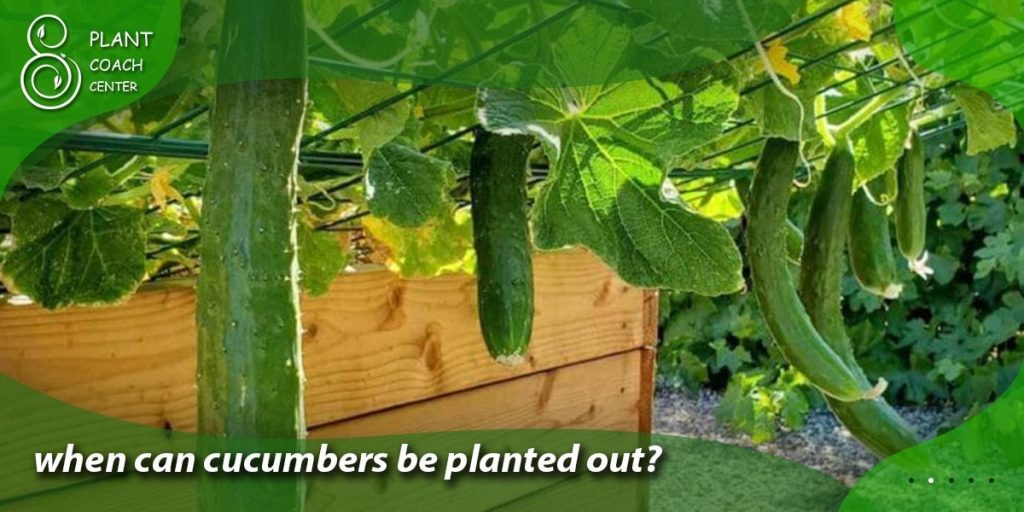
Varietal Variables: Tailoring Timelines Based on Cucumber Varieties
Just as every artist needs a suitable canvas and every musician needs the right instrument, every cucumber enthusiast needs a suitable cucumber variety. Cucumbers are rich with diverse options, each with unique characteristics and growth requirements. Understanding the nuances of different cucumber varieties is essential for tailoring your cultivation timeline and ensuring a successful harvest.
Early-Maturing Marvels
Early-maturing cucumber varieties are the show’s stars for those who can’t wait to savor the crisp taste of homegrown cucumbers. These cucumbers are specifically bred to reach maturity faster than their counterparts, making them an excellent choice for gardeners looking for a quick harvest. Early cucumbers often thrive in the warm embrace of early summer, allowing you to enjoy your first cucumbers while others are still waiting for their plants to bear fruit.
Standard Favorites
Standard cucumber varieties encompass the classic favorites that most of us are familiar with. These cucumbers follow a more traditional growth pattern and are well-suited for midsummer planting. With warm soil and ample sunlight, these varieties flourish during the growing season’s heart, producing a steady stream of cucumbers for salads, snacks, and pickling endeavors.
Long Season Legends
Some cucumber varieties require a longer growing season to truly shine. These long-season cucumbers might have a slower growth rate but reward patient gardeners with robust yields and exceptional flavor. These varieties can be an exciting choice if you live in a region with a prolonged warm season or utilize protective structures like greenhouses. Plant them during the early planting window, and allow their vines to stretch their potential throughout the season.
Specialty Cucumbers
The world of cucumbers extends beyond the standard green cucumbers we often encounter at the grocery store. Specialty cucumber varieties encompass a diverse range, including the slender and tender English cucumbers, the uniquely patterned lemon cucumbers, and the bite-sized pickling cucumbers. Each of these varieties comes with its own growth requirements and harvest timelines. Research and tailor your planting and care routines accordingly as you explore specialty cucumbers.
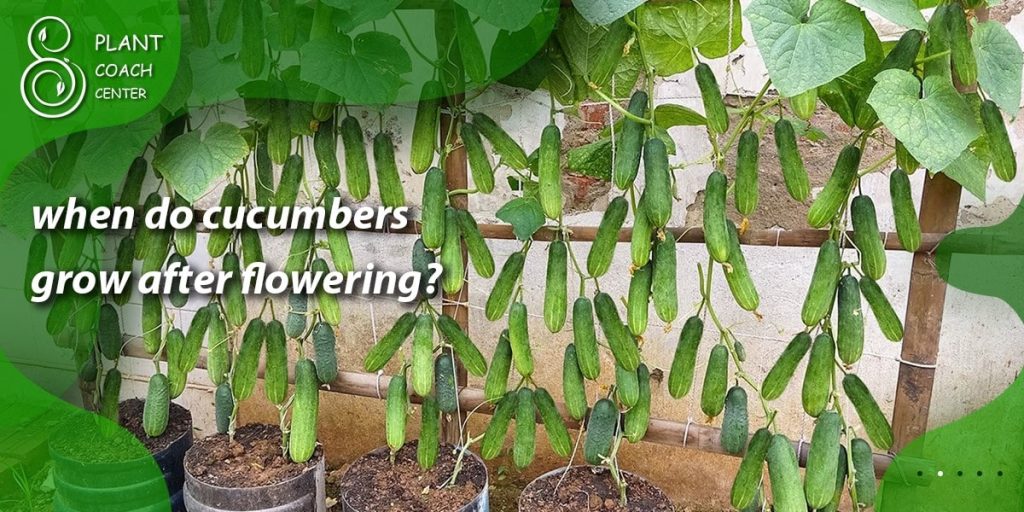
Extended Harvesting: Prolonging Cucumber Production through Successive Planting
The allure of homegrown cucumbers is undeniable – the crunch, the freshness, and the satisfaction of picking them straight from the vine. But what if you could stretch that joy over a more extended period? Successive planting, a technique employed by seasoned gardeners, offers the opportunity to enjoy a continuous supply of cucumbers throughout the growing season.
Understanding Successive Planting
Successive planting involves staggering your cucumber plantings at different intervals, ensuring that you have multiple crops at various stages of growth. This approach extends your cucumber harvest and prevents an overwhelming abundance of cucumbers all at once. By timing your plantings strategically, you can enjoy a steady flow of cucumbers for salads, snacks, and culinary experiments.
Planning Your Planting Schedule
To embrace successive planting, determine the average days for your chosen cucumber variety to mature and yield fruit. Then, divide your growing season into segments, each corresponding to the time required for cucumber plants to reach maturity. Begin by planting your first batch of cucumber seeds as soon as the soil is warm enough, following the guidelines for the early planting window. Subsequent plantings should be spaced at two to three-week intervals.
Managing Your Harvests
As the season progresses, your cucumber plants will mature in waves, allowing you to harvest cucumbers from each planting in succession. This method prevents a surplus of cucumbers while ensuring a consistent supply. Harvest cucumbers when they are firm, crisp, and at the desired size. Regular harvesting not only encourages the plants to produce more but also maintains the overall health of the vine.
Extending into Fall
Successive planting can also be employed to extend your cucumber harvest into the fall. You can enjoy fresh cucumbers well into autumn by starting new plantings during the late summer planting window. The slightly cooler temperatures and reduced pest pressure during this period can contribute to healthier plants and flavorful cucumbers.
Conclusion
In cucumber cultivation, timing is the conductor orchestrating the symphony of growth. From navigating the delicate dance with frost to exploring the possibilities of indoor cultivation, each planting window allows gardeners to connect with nature’s rhythms.
Enthusiasts can transform their gardens into thriving cucumber sanctuaries by selecting suitable varieties, harnessing the power of successive planting, and embracing the seasons’ ebbs and flows. For further insights and guidance on optimizing your cucumber cultivation journey, remember to visit plantcouchcenter.com.
Whether you’re a novice gardener eager to learn or a seasoned green thumb seeking new perspectives, the world of cucumbers invites you to indulge in timing, enhancing your harvests, and enriching your gardening experience.
When can I plant cucumbers outdoors?
After the last frost date, when soil temperature is around 60-65°F (15-18°C).
Can I grow cucumbers indoors?
Yes, start seeds indoors before frost-free dates or in controlled environments like greenhouses.
What's successive planting for cucumbers?
Stagger plantings every 2-3 weeks for continuous harvests throughout the growing season.


